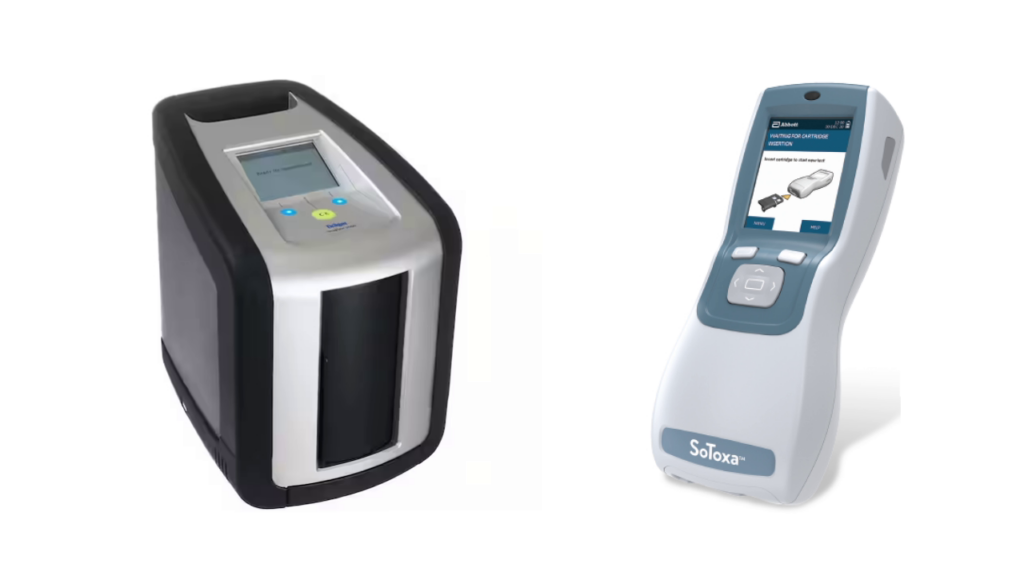ST. PAUL, Minn. (FOX 9) – Months after Minnesota legalized marijuana for adults, the state’s Office of Traffic Safety is pilot testing products that aim to help law enforcement officers identify drivers who are high.
“We’re not looking to find somebody who used 10 days or 14 days ago. We’re looking for somebody who used within the last couple of hours,” said Mike Hanson, the director of the office, which is part of the Minnesota Department of Public Safety.
The oral fluid, or saliva-based, tests will screen for six different drug categories, including cannabis and opioids.
Hanson said the devices will be used similarly to breathalyzer tests. The pilot program will be used for data-gathering purposes, so the samples will be taken voluntary and won’t be used to make arrests or get a driver’s license suspended or revoked.
The devices will be given to drug recognition evaluators, or DREs, across Minnesota – specialized law enforcement officers who are trained to recognize someone who’s under the influence of something other than alcohol. Minnesota currently has about 320 DREs, a third of which are state troopers, and the rest are from local police departments and sheriff’s offices. A month from now, officers will have these devices in hand.
“We’re going to get a good sampling not only in metro areas, but also in the greater Minnesota areas that will give us an idea of how prevalent drug impaired driving is on our roads,” Hanson said.
State data shows drugged driving accounted for 8,069 driving-while-intoxicated incidents from 2013-2017 compared with 15,810 from 2018-2022.
Minnesota is using two different manufacturers’ drug screening devices, the SoToxa Oral Fluid Mobile Analyzer and the Drager DrugTest 5000, both of which have been piloted in multiple other states, according to Hanson.
How will the test work? If an officer observes someone driving poorly, after a series of field sobriety tests, they can ask a driver to swab their mouth.
“That swab is then inserted into a cartridge, and that cartridge then is inserted into the instrument. Roughly five minutes later, you will get your result,” Hanson explained.
Officers aren’t looking for certain quantities, just the presence of a controlled substance. Hanson used cannabis as an example.
“If you have Delta 9 in your system, that tells the officer [the driver] used recently, and that very likely is the cause of their impairment, or part of their impairment if they’re using other things in in conjunction with that cannabis,” he said.
The Office of Traffic Safety will send a report to the Legislature next fall with its findings.
State officials then plan to ask lawmakers to update the state’s laws related to impaired driving, so they can use these drug tests to make arrest decisions in the future.
H/T: www.fox9.com



